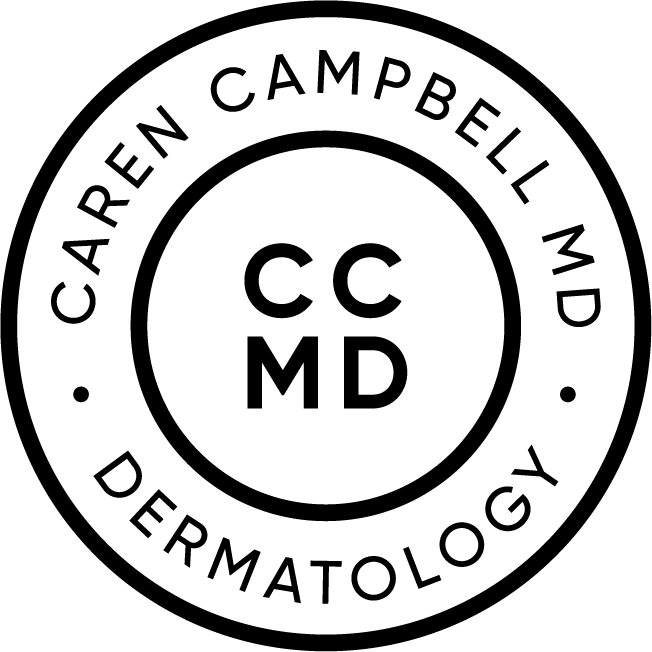Curettage
aka Curettage and Desiccation, Scrape and Burn, C+E
Curettage is the removal of superficial, small skin cancers with a spoon-shaped instrument known as a curette. The skin cancer is scraped and the subsequent wound is cauterized/burned to destroy the cancerous cells.
Why is curettage performed?
Curettage is performed on small, well-circumscribed skin cancers on less cosmetically sensitive areas off the face given the resulting scar. The procedure is short and well-tolerated and is a good option for patients not wanting to undergo more costly and oftentimes more lengthy surgical procedures.
How is curettage performed?
Dr. Campbell will inject a small amount of numbing into the treatment area, which works immediately. A halo-shaped blade is then used to scrape/curette the area. After curetting the area dessication is performed, which involves cauterizing or burning the wound with electrical current. Usually 3 cycles of curettage and desiccation is performed to ensure the best treatment outcome.
How do you know you treated the skin cancer?
Unhealthy, cancerous cells do not adhere to each other as well as healthy, normal skin cells. Therefore when the area is scraped the cancerous cells are easily scraped away, while the healthy, normal tissue remains. A board-certified dermatology has performed hundreds of these procedures and can tell by the feel of the instrument on the skin when the cancer is removed.
What are possible side effects of curettage?
It is not unusual for the treatment area to be crusted, sore and painful after the treatment. Pain is typically similar to a scrape on the pavement and over-the-counter pain medications should offer relief. Keeping the treated area clean with soap and water daily and moist and covered with vaseline and a band-aid is usually recommended. Scarring is common once the site is healed. It is important to continue routine skin cancer checks post-treatment to ensure no skin cancer is recurring at the treatment site. If recurrence does occur, repeat curettage could be performed, but typically surgical excision is then recommended.

